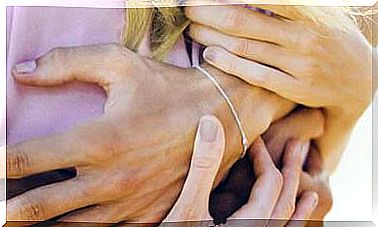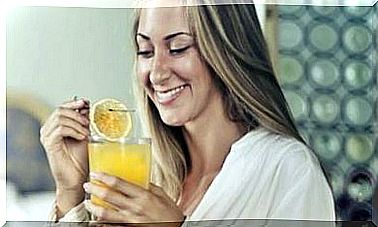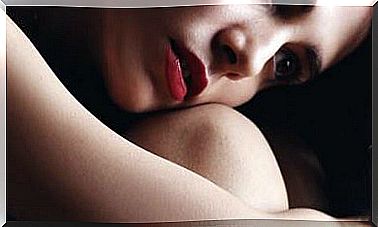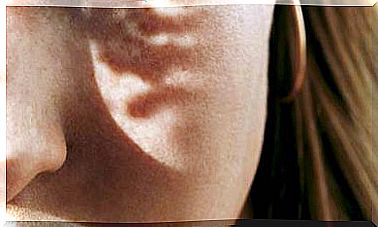The Body Tells Us About Emotions
Our discomfort disappears when we can experience our emotions freely and from a good connection with our own body. We tested it?

Right now something is happening in you that began a long time ago, specifically at the time of your birth, and that will end when you die. I only ask that, to find out, pay a little attention to some issues that I propose in this article.
A small distraction that I really like, and that you have probably also practiced on occasion, is sitting in a crowded place and watching people go by, observing the many ways of walking and moving.
When we look more closely, it is easy to see that, behind these movements, there is a person with a specific body shape and gestures. Sometimes I have thought what those forms suggested to me and words like “anger”, “fear”, “joy”, “anger” have appeared … curiously, words that correspond to emotions.
Other times, I have wondered what it must be like to live in that body so different from mine, what those internal and external bodily sensations will be like and how they facilitate or hinder the experience of the emotions I referred to earlier.
Today we know that emotions are innate states of the organism and common to all people. No one has to teach someone to be sad or angry, as emotions are made up of powerful bodily sensations that are organized into behavior.
Experiment free
Emotions are responses of the body to our state and tell us what to do with it. If, for example, we lose contact with a loved one, the body undergoes a series of changes. Then we say that “we are sad” and, depending on the intensity of the emotional state and if we do not repress it, we end up crying. Finally, crying provides relief and comfort is gained from others.
Anger is a reaction to shaking something irritating off yourself, and fear is a declaration that danger exists and also an action to seek help. As we can see, emotions seek a change in external situations and, at the same time, an internal change in bodily sensation. On many occasions, those who seek help to “express their emotions” ask for therapy.
It is not a problem of expression that causes your discomfort but a problem of being able to freely experience that emotion again.
If a person at some point in his life believes that he is going to stop being loved or that he is going to be despised for showing his sadness and crying, and that this loss of love will be worse than being left without comfort, it is clear that his body begins to develop adequate respiratory and postural mechanisms to dampen bodily sensations that can lead to the experience and discharge of sadness through crying.
The previous example is applicable to any other type of emotion ; in other words, every time I am going to feel less sad, or less angry, and even less happy. And, in parallel, I will feel worse because, by inhibiting the emotion, the body, in some way, becomes ill.
Alexander Lowen, one of the great diffusers of Bioenergetics, said: “When a person has a depression, it is the body that gets depressed.” The vast majority of ways to stop feeling are translated into body blockages that in turn take shape in fixed structures, in fossilized ways of moving.
Allow change
I remember a patient who said that he never got angry and whose constant complaint was: “Others take advantage of me because I am too good.” He complained in a submissive voice as he clenched his left fist. This man was able to start saying “no” to the excessive demands of others after managing to hit a cushion with his fist forcefully.
Then she broke into a deep, sad cry as she remembered all the times she had been promised something and then denied it. Like him, we are all an organism in a process of continuous change, we are not a static organism isolated from the environment.
Our body perceives the contact with others and is excited, and from that reality we interact and notice the emotion of the other receiving an emotional “nutrition”, which makes our body have a possibility of change and enrichment. To the extent that we become aware of our areas of emotional rigidity and, therefore, of physical blockage, we have a chance to do something different and develop as people.
We can stiffen our bodies to scare others away, but we can also fear damaging them and we end up stiff and fearful at the same time. Likewise, if we do not achieve something, we swell the thorax acting as if we were very important with the unspeakable purpose of being accepted unconditionally. We can be so disappointed that, exhausted, we drop our body and our gaze until sagging, in resignation and defeat.
But these are just ways to introduce ourselves to the world. They are not an “immovable and determining identity” but beliefs that we can change through personal work to connect with our emotions and bodily sensations, trusting in regulation and wisdom as an organism that tends to health and balance with the environment and with itself. same.
We heal by connecting
It is the contact with others, the emotional and bodily contact that heals us. Through him we can experience communication, vulnerability and intimacy.
Love and intimacy modify our emotional expression by allowing deeper experiences in which beliefs and defenses are less present, in which we can regain spontaneity and trust in the goodness of all our emotions. Favoring a certain energetic circulation in the body, which is easy to maintain from small stretches or movements that allow us to keep it flexible and conscious.
Now, as you continue to hold this magazine, you may begin to suspect that what is happening in you and that started when you were born is a reality that you can choose, if you trust your body and what it tells you with your emotions.









